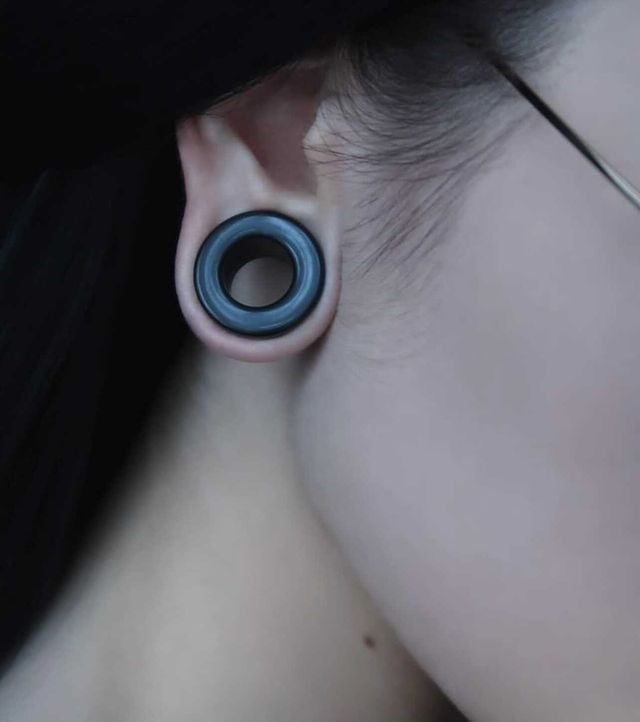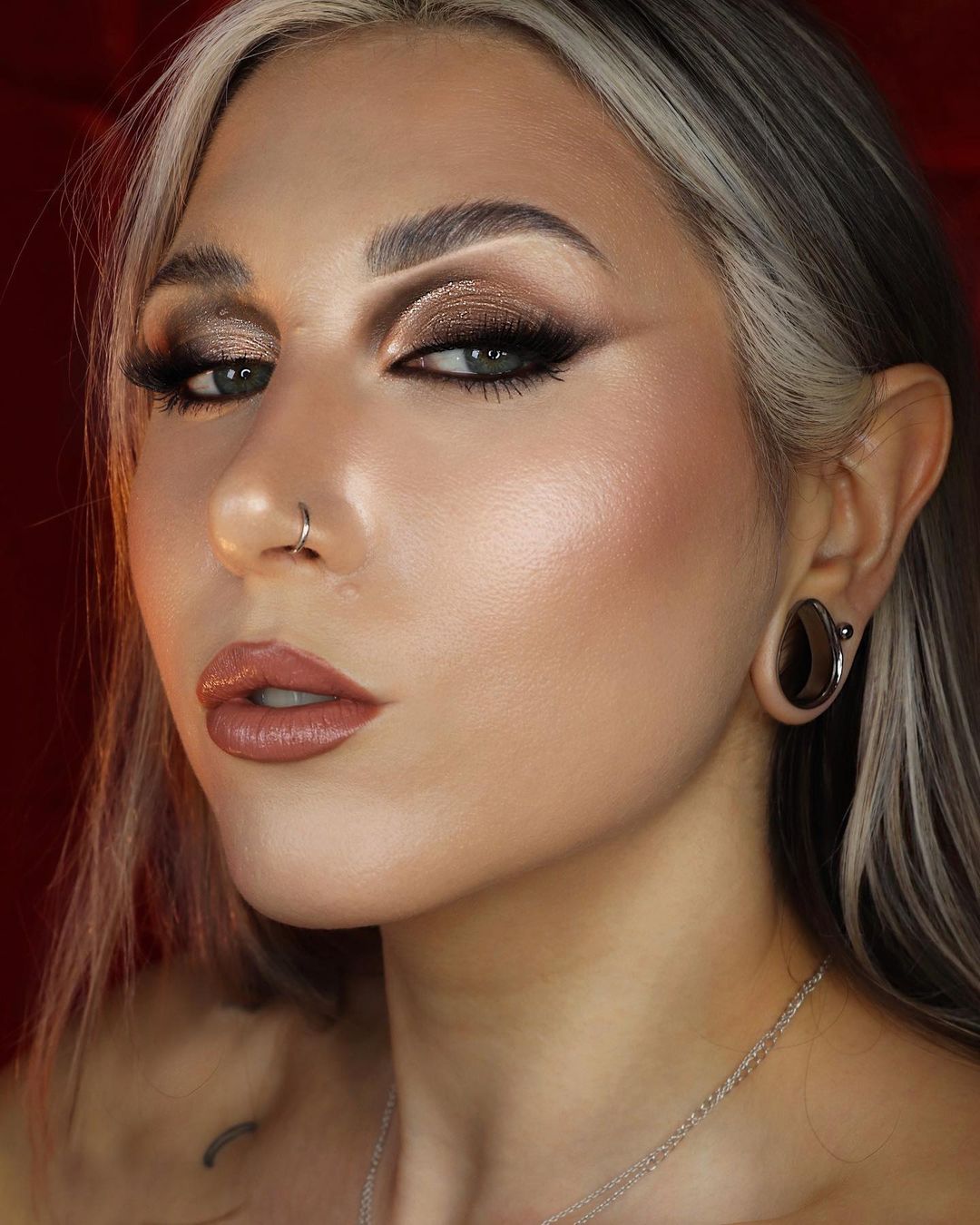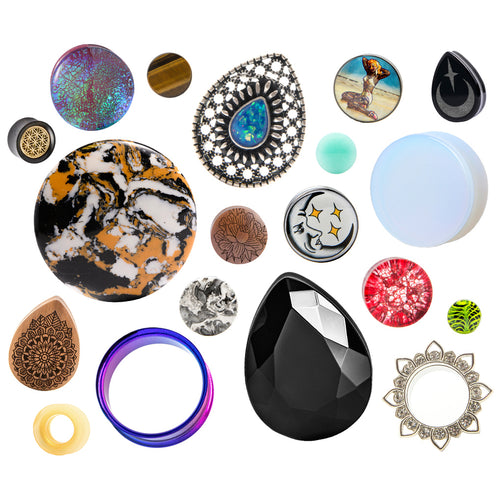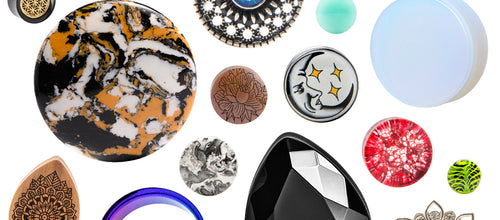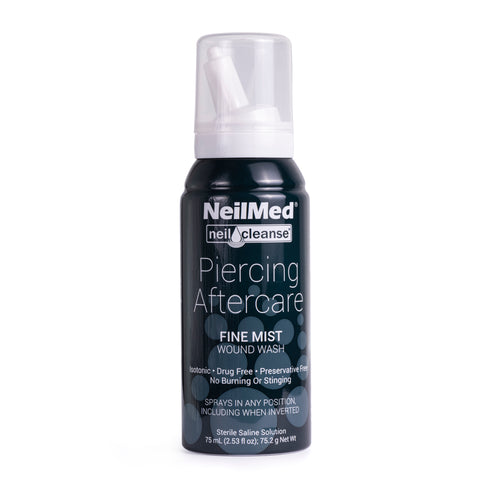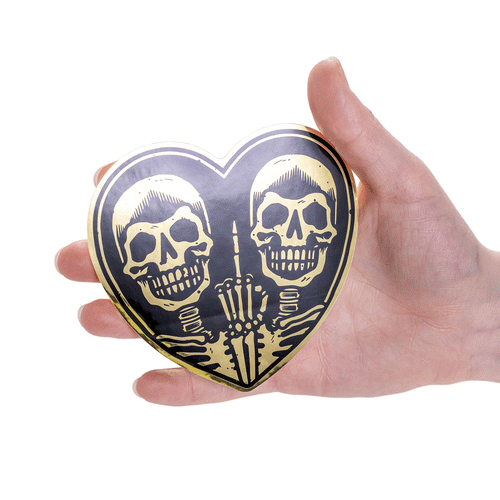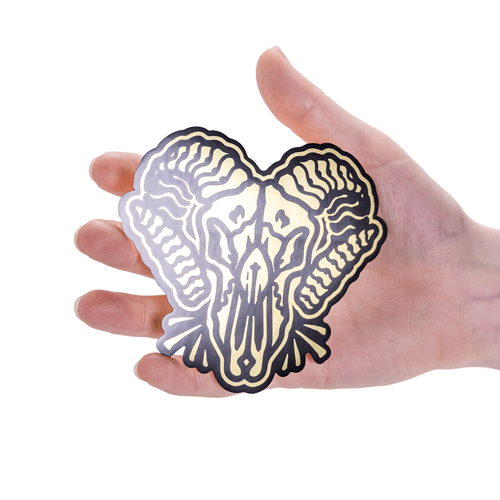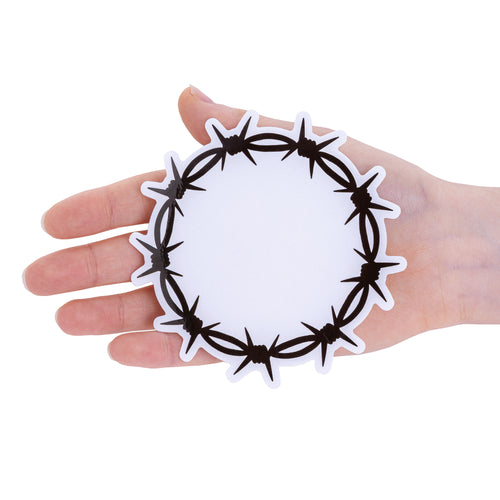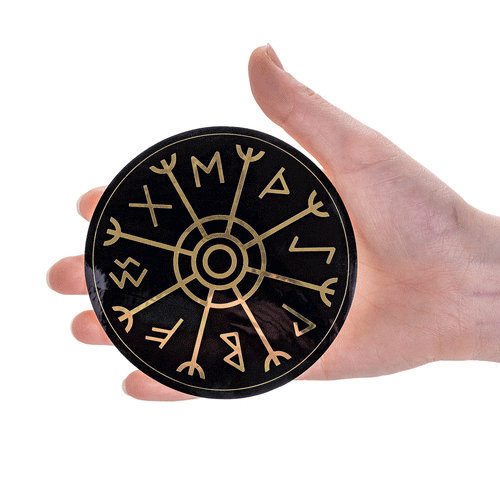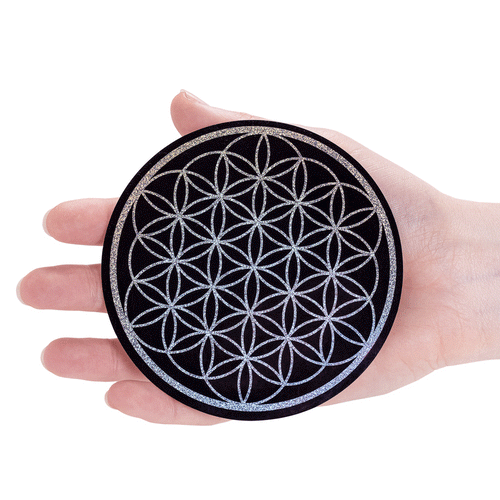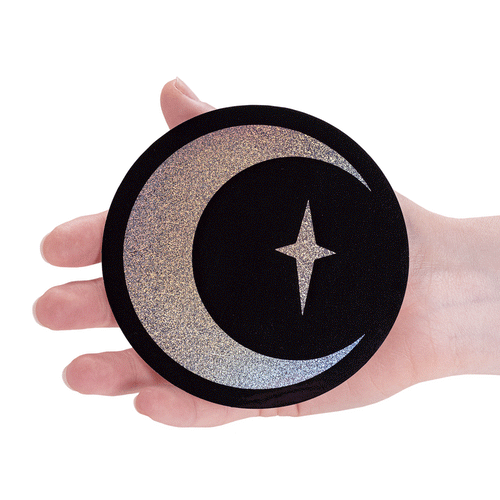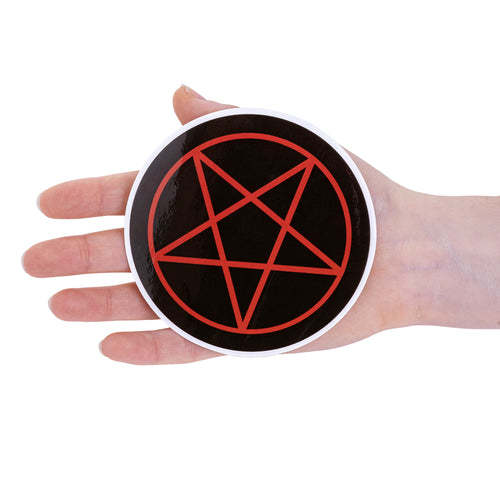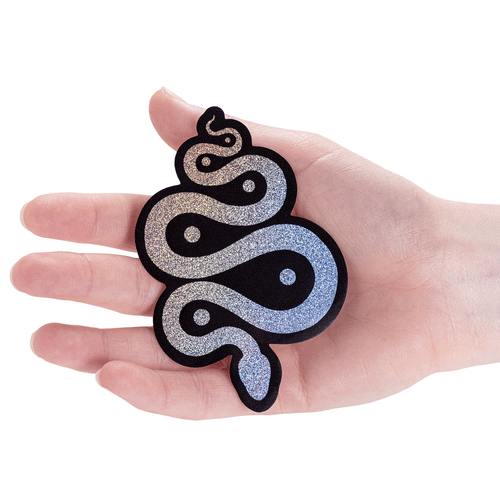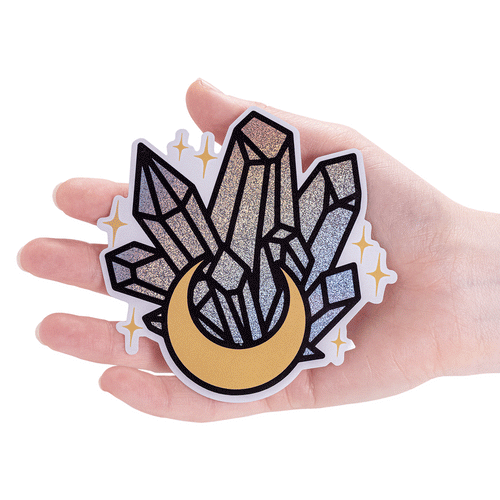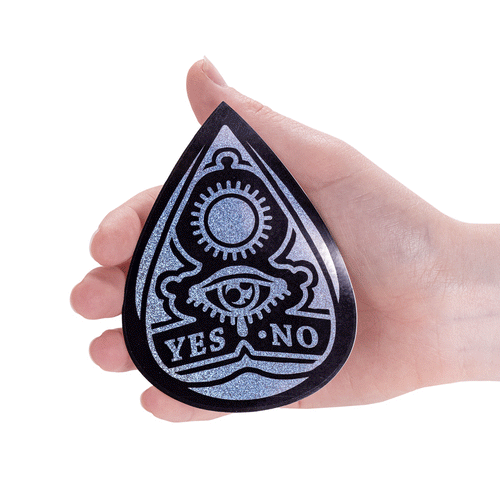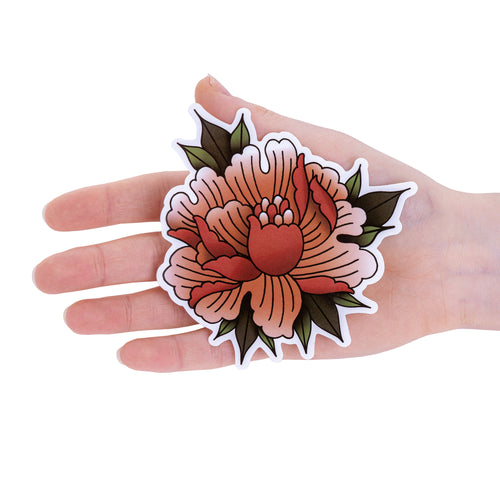
GET SOCIAL WITH US
RECENT ARTICLES
Newsletter
Keep up-to-date with the latest promotions, news and releases!
The Different Types of Belly Button Piercings
Exploring Types of Belly Button Piercings: Types and Care
Belly button piercings have become a popular choice in the world of body art, offering a unique way to express individuality and enhance one's style. Whether you're considering getting your first navel piercing or simply curious about the options available, this guide will walk you through the different types of belly button piercings and provide essential care tips for a successful and safe piercing experience.
Types of Belly Button Piercings

Belly button piercings come in various styles to suit different preferences and body types. Here are some of the most common types:
Standard Navel Piercing: This is the classic belly button piercing, where the jewellery goes through the upper rim of the navel. Typically, a curved barbell or captive bead ring is used as initial jewellery. It's a versatile choice that complements various outfits.
Inverse Navel Piercing: Inverse or "bottom" navel piercings are placed through the lower rim of the navel. This style can be a great option for those with outie belly buttons or those looking for a unique twist on the traditional navel piercing.
Double Navel Piercing: As the name suggests, this involves getting two separate piercings on the upper rim of the navel, allowing you to wear multiple pieces of jewellery for a stylish and eye-catching look.
Floating Navel Piercing: This type is placed slightly above the navel, creating the illusion of a floating piece of jewellery. It's a trendy choice that adds a touch of sophistication to your navel area.
Surface Piercing: Surface piercings are typically done horizontally across the navel, creating a striking appearance. However, surface piercings are more prone to migration and rejection, so they require careful consideration and maintenance.
Hygiene and Aftercare

Proper hygiene and aftercare are paramount for a successful belly button piercing. Follow these guidelines to ensure your piercing heals smoothly and stays infection-free:
Choose a Professional Piercer: Select a reputable and experienced piercer who follows strict sterilisation protocols. Ensure that they use single-use, sterilised needles and jewellery to minimise the risk of infection.
Cleaning Routine: Clean your belly button piercing twice a day with a saline solution or saline wound wash. Avoid using alcohol-based solutions, hydrogen peroxide, or harsh soaps, as they can irritate the piercing. Gently soak the area and pat dry with a clean, disposable paper towel.
Hands Off: Refrain from touching your piercing with dirty hands, and avoid unnecessary twisting or turning of the jewellery during the healing process to prevent irritation and complications.
Clothing Choices: Opt for loose-fitting, breathable fabrics during the healing phase to minimise friction and irritation from tight or abrasive clothing.
Swimming: Avoid swimming in pools, hot tubs, or natural bodies of water until your belly button piercing is fully healed to prevent infection. Chlorinated and untreated water can introduce bacteria to the piercing site.
Sexual Activity: Engage in gentle and hygienic sexual activity during the healing process to minimise irritation and reduce the risk of infection. Ensure both you and your partner have clean hands and handle the piercing with care.
Healing Time: Keep in mind that belly button piercings can take several months to fully heal, with initial soreness and discharge being common during the first few weeks. Be patient and allow your body the time it needs to heal properly.
Jewellery Quality: Choose high-quality jewellery made from materials like surgical stainless steel, titanium, or niobium to reduce the risk of allergic reactions or complications.
Potential Risks and Complications
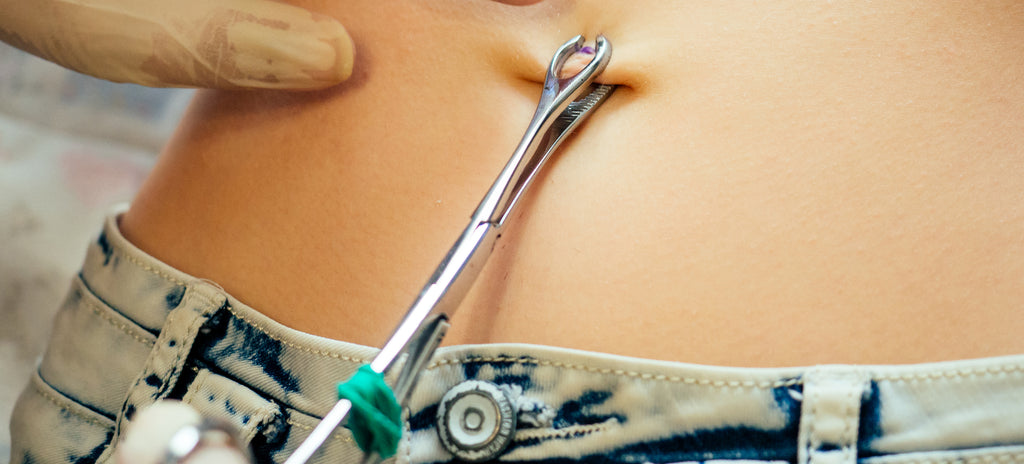
While belly button piercings can be a stunning addition to your body art, it's essential to be aware of potential risks and complications:
Infection: Poor hygiene practices, touching with dirty hands, or exposure to contaminated water can lead to infection. Signs of infection may include redness, swelling, pain, and discharge.
Migration or Rejection: Occasionally, the body may push the jewellery out as it heals, resulting in migration or rejection of the piercing. This can lead to discomfort and may necessitate jewellery removal.
Allergic Reactions: Some individuals may be allergic to specific metals used in belly button jewellery. Pay attention to signs of allergy, such as itching, redness, or a rash, and consult your piercer for suitable jewellery options.
Scarring: Improper care or complications can lead to scarring around the piercing site. Adhering to aftercare instructions can help minimise scarring.
Custom Plugs - The Types of Belly Button Piercings
In conclusion, belly button piercings offer a captivating way to express your individuality and style. By choosing the right type of piercing, following proper hygiene and aftercare practices, and being aware of potential risks, you can enjoy your belly button piercing while minimising complications and ensuring a successful healing process. Always consult with a professional piercer for personalised advice and guidance throughout your piercing journey.




-v1657710003014.jpg?512x640)

-v1659606134061.JPG?5760x3840)

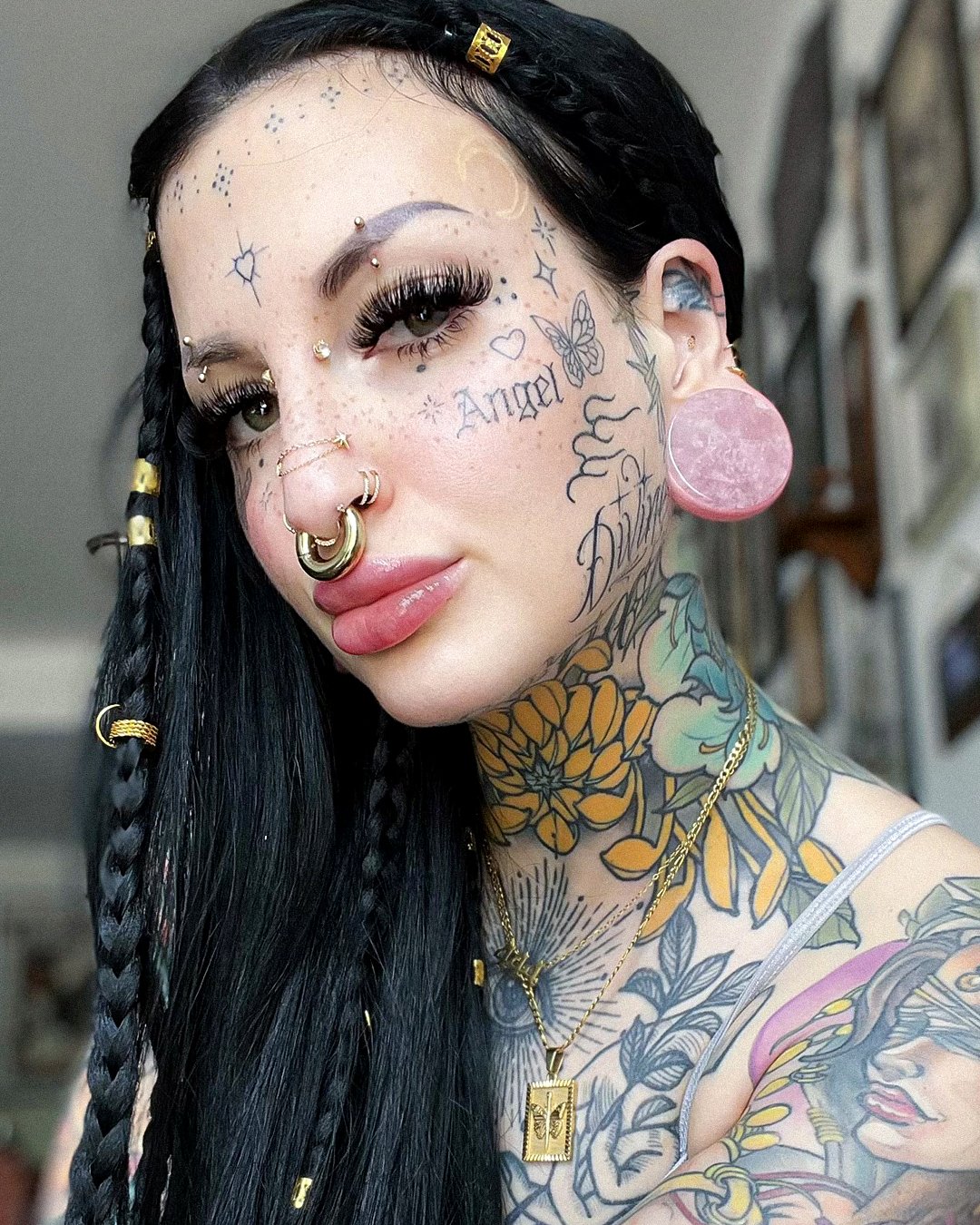



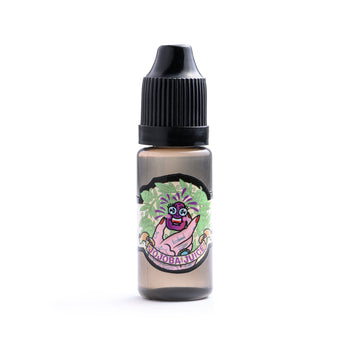
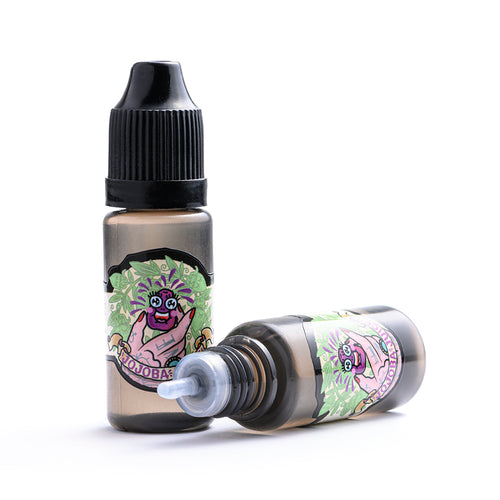
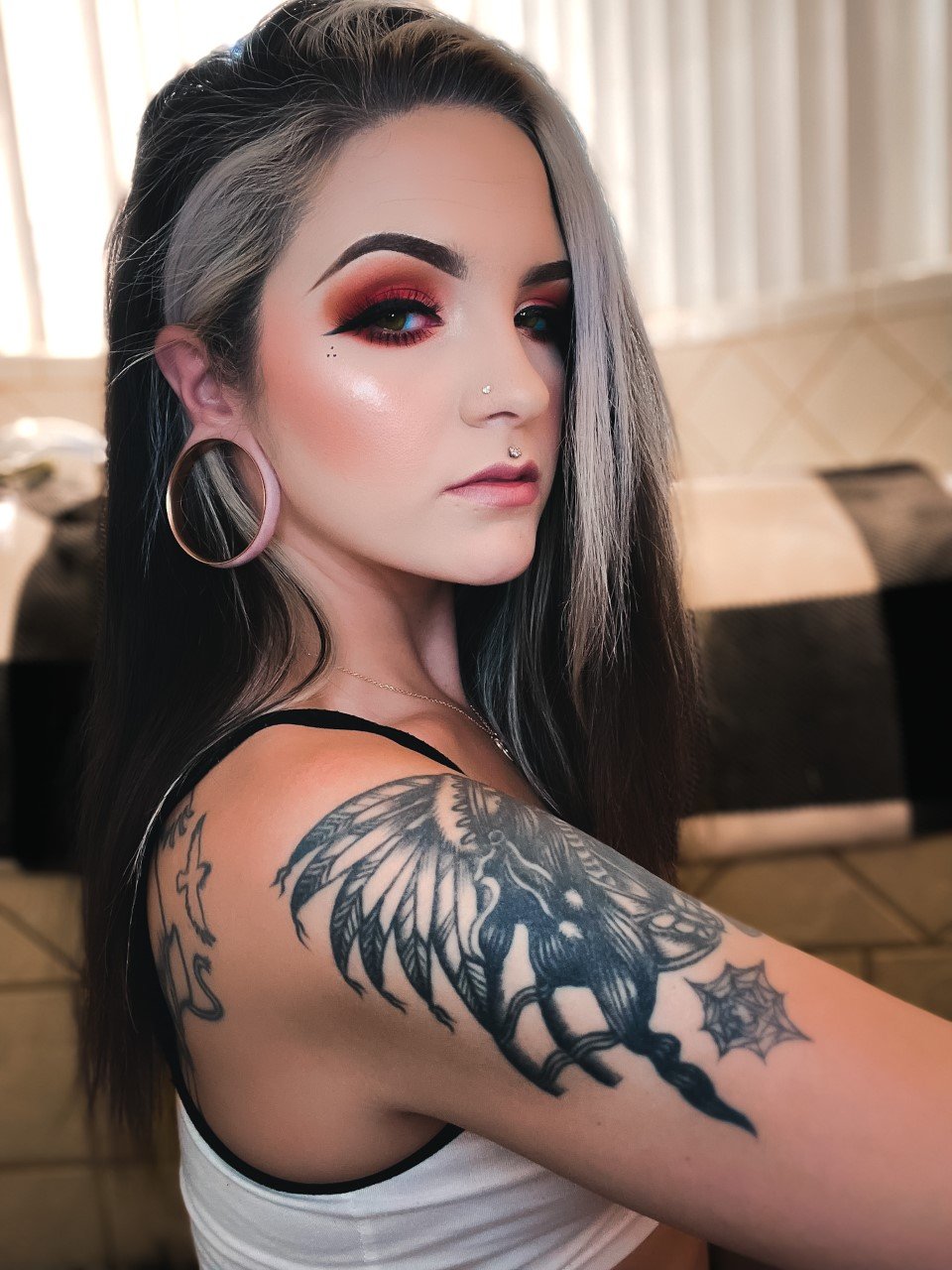

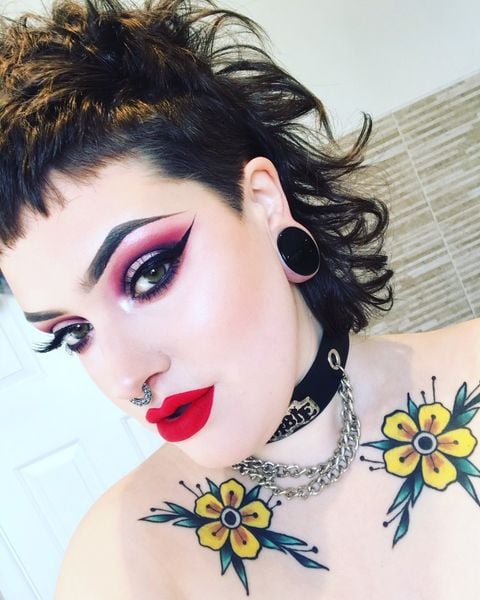


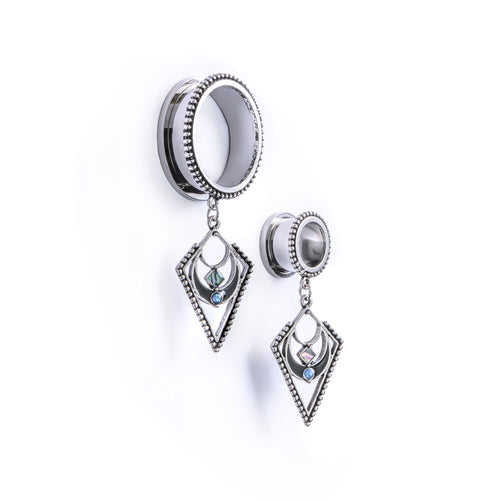


-v1659606656877.JPG?3508x5262)


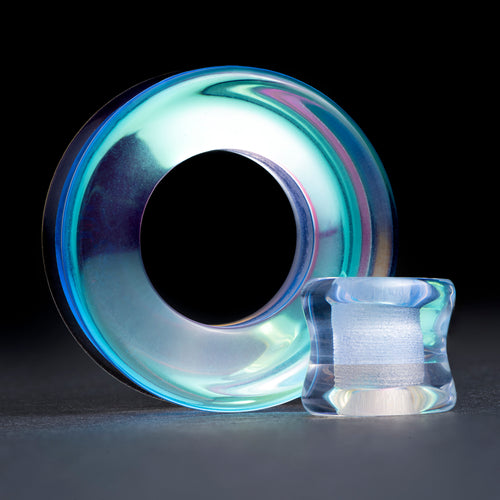
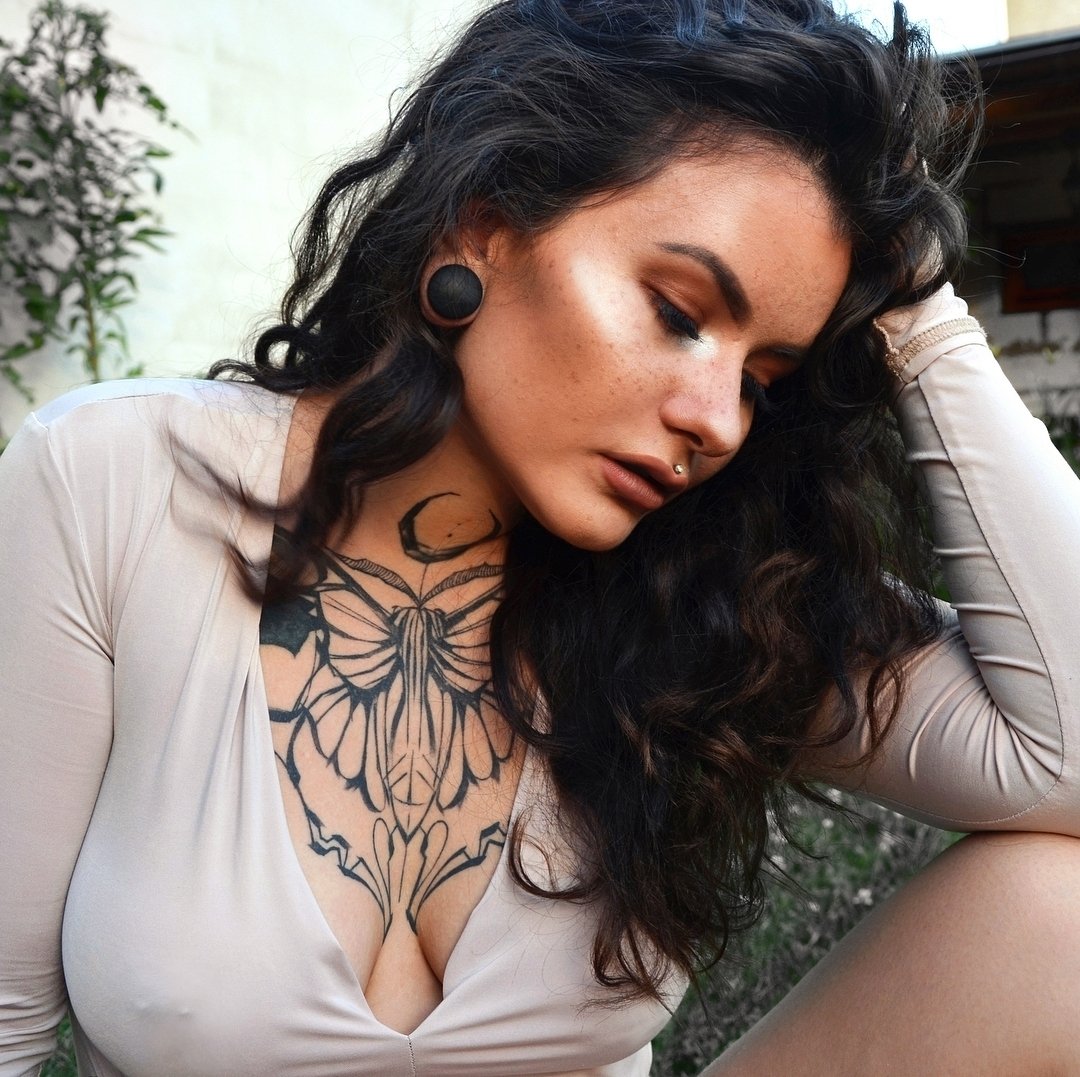



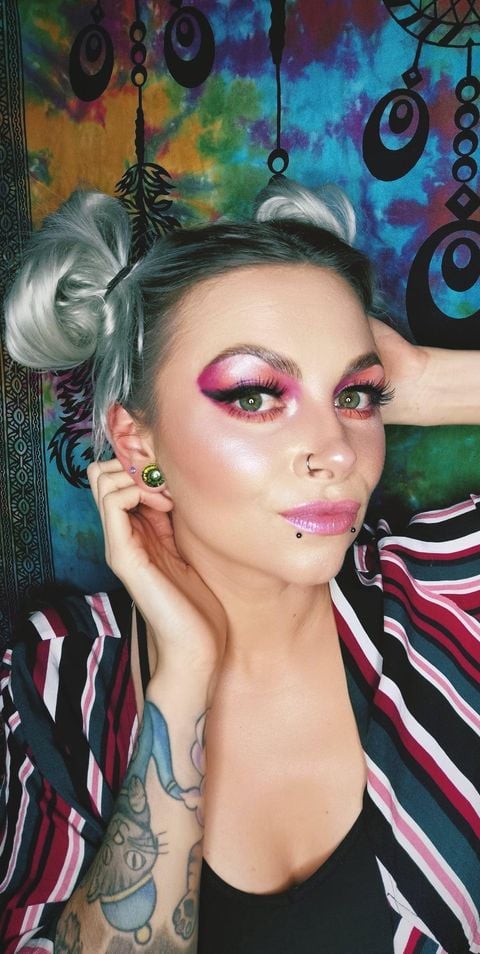
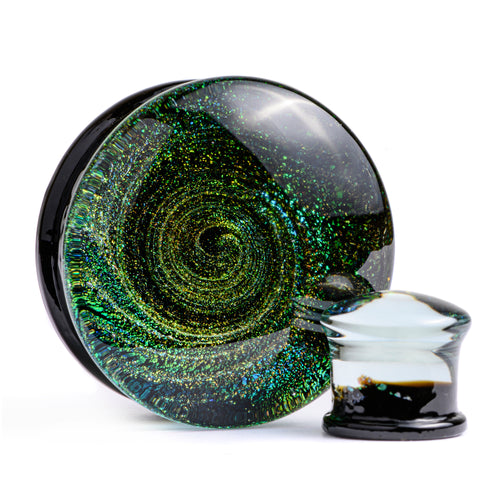
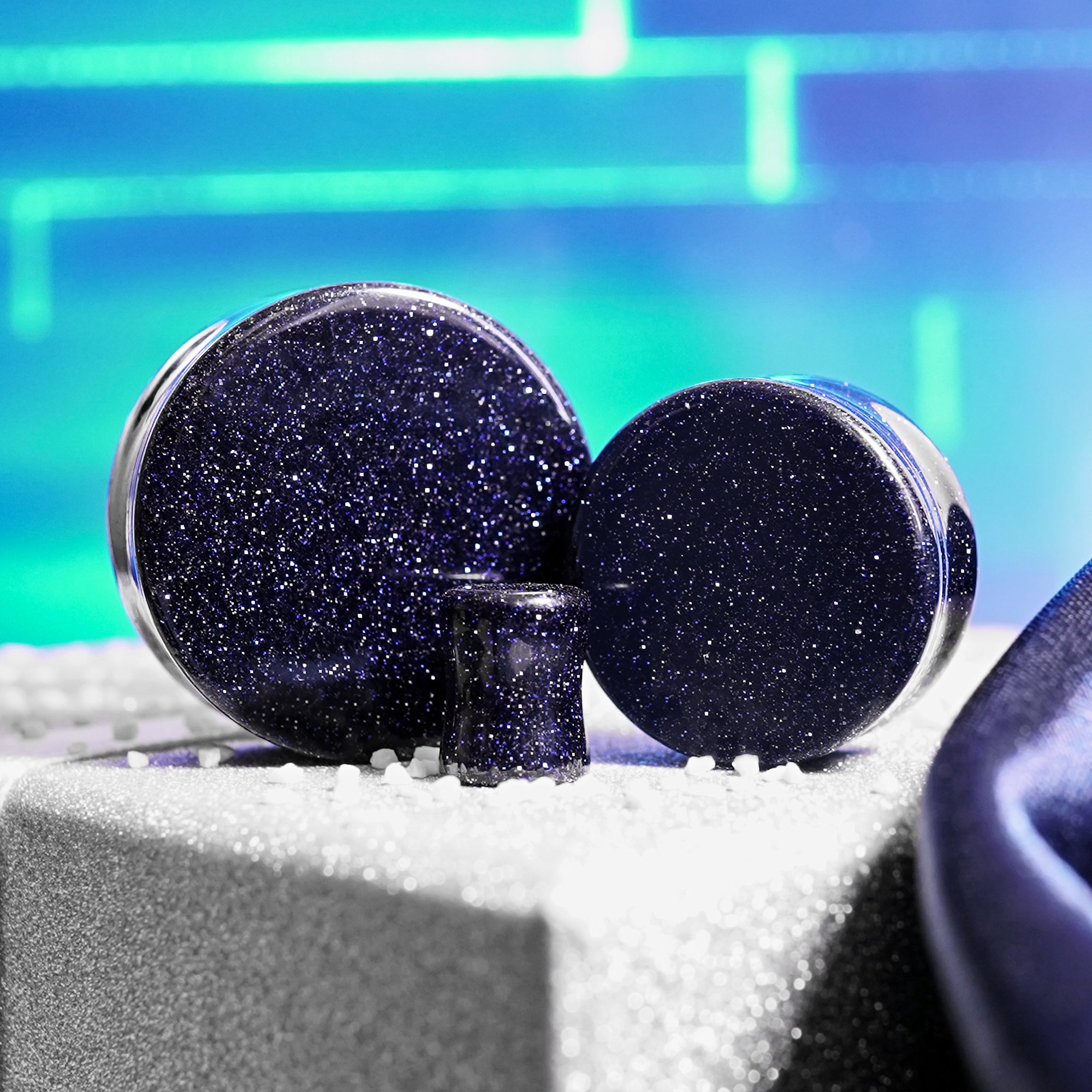



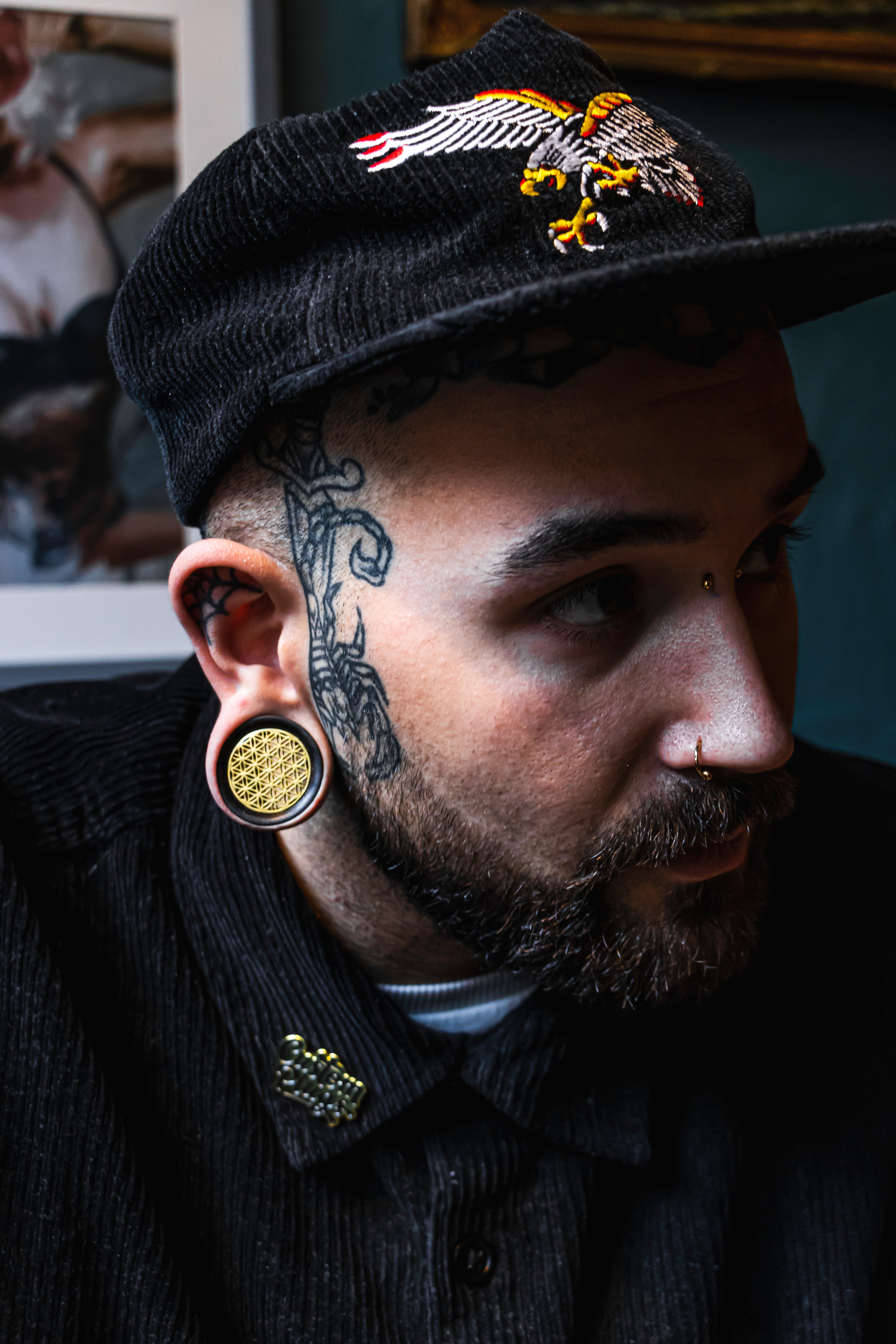

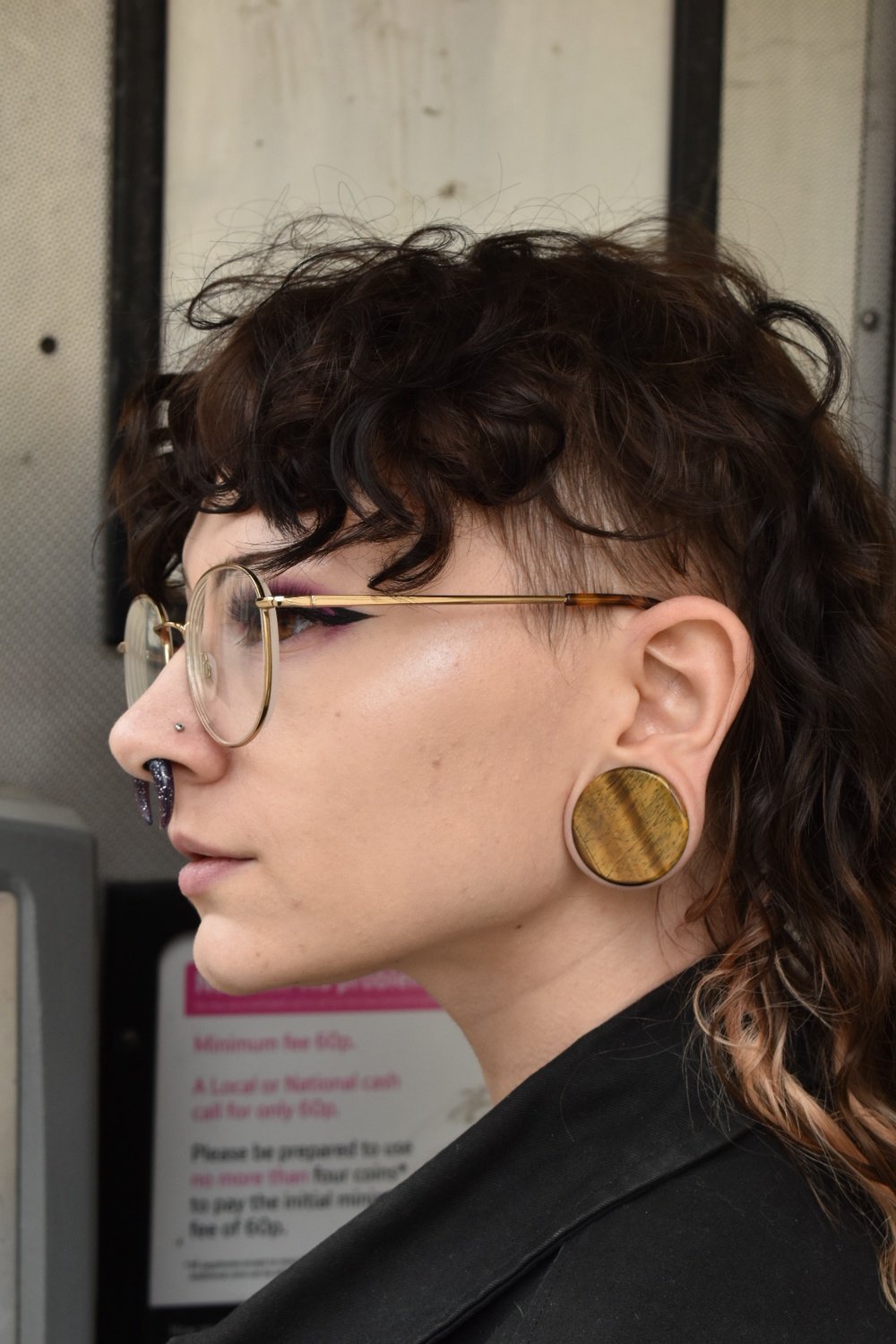



-v1655735577738.jpg?480x640)
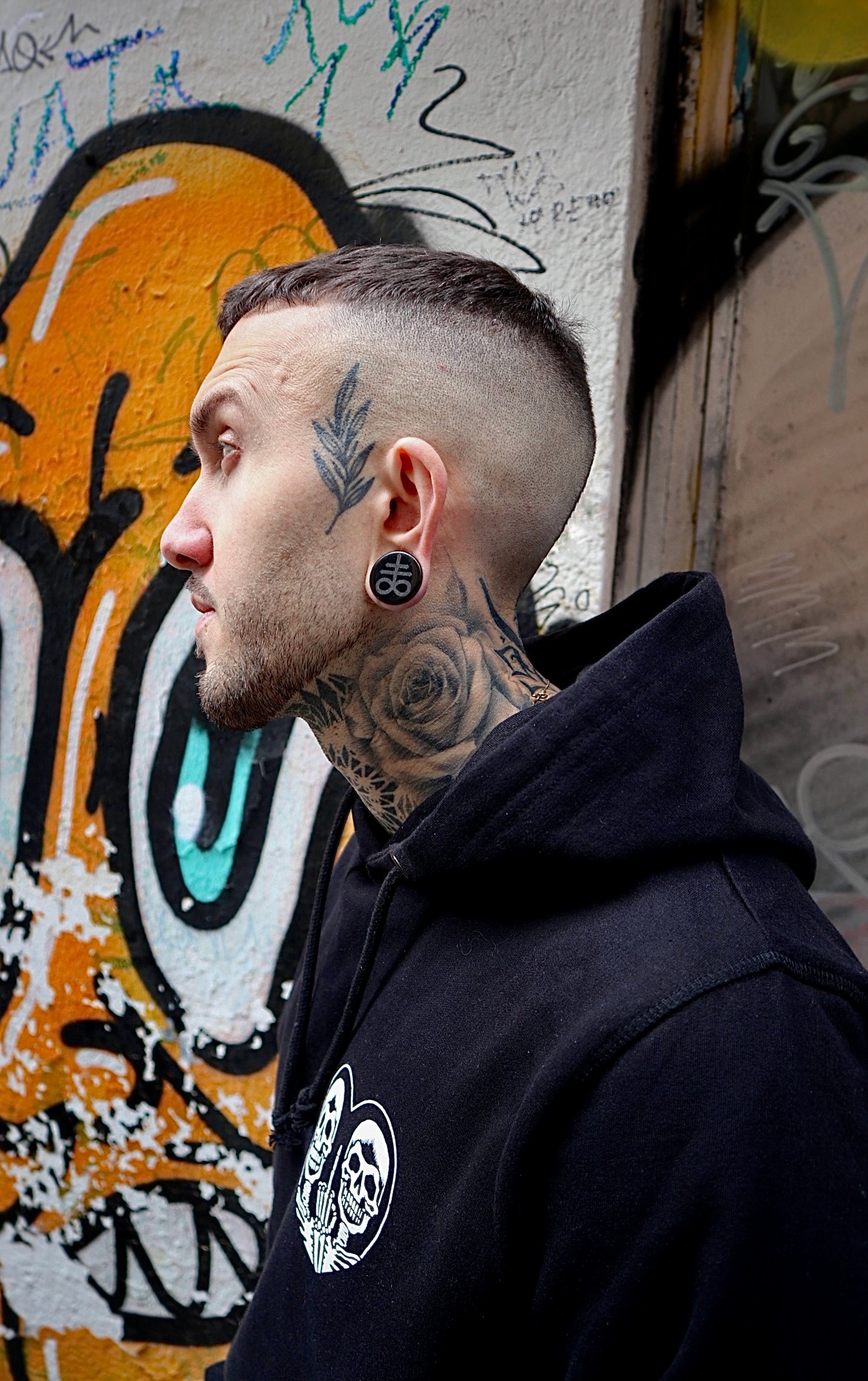
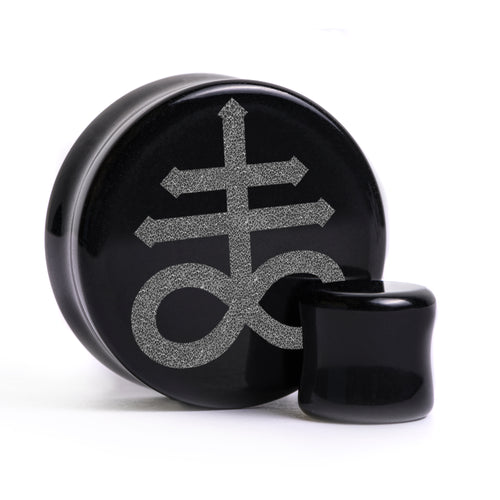




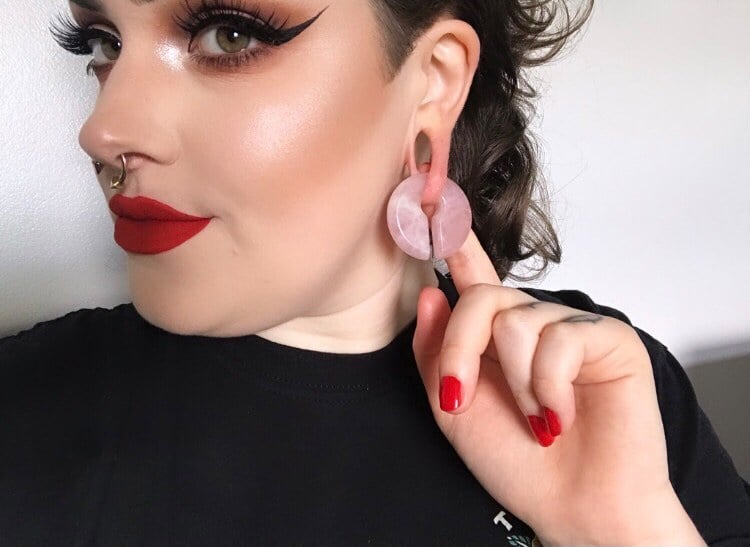
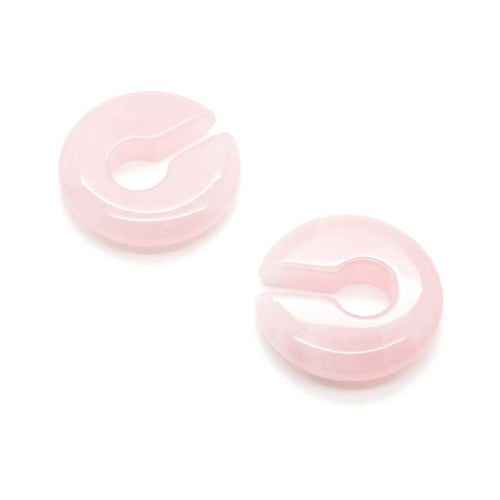




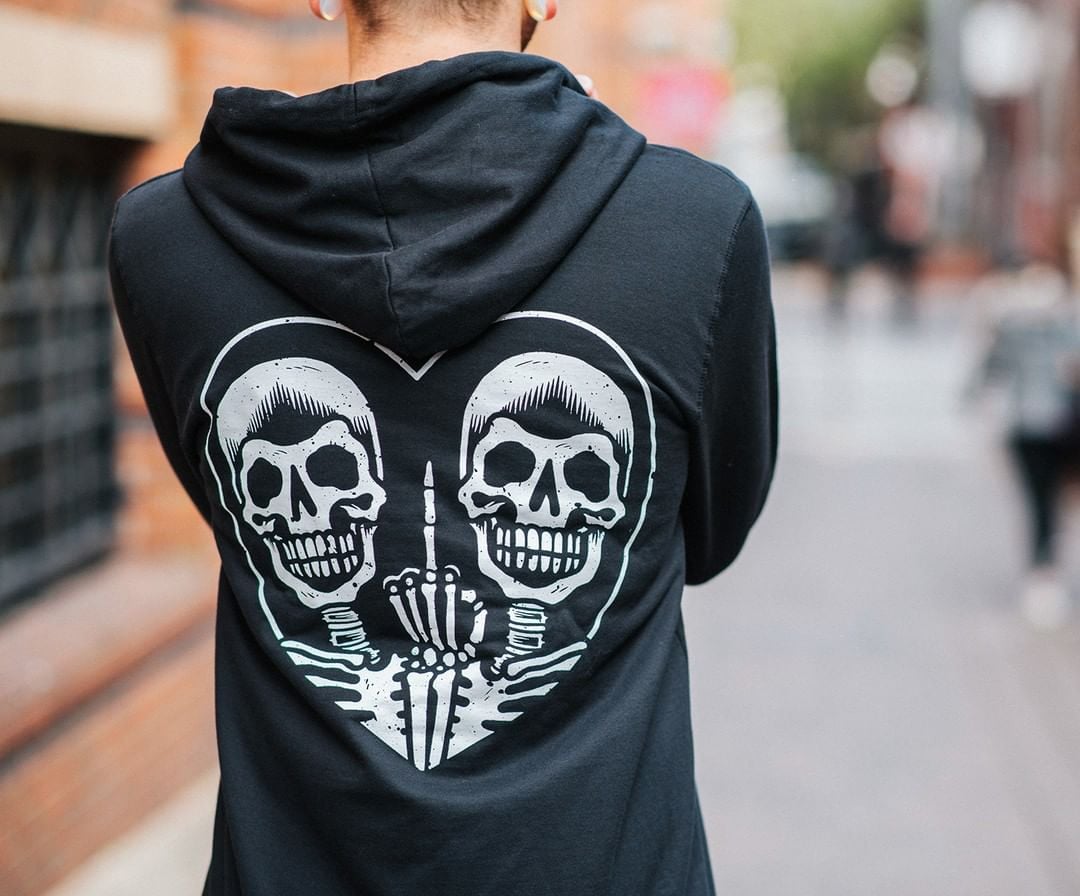
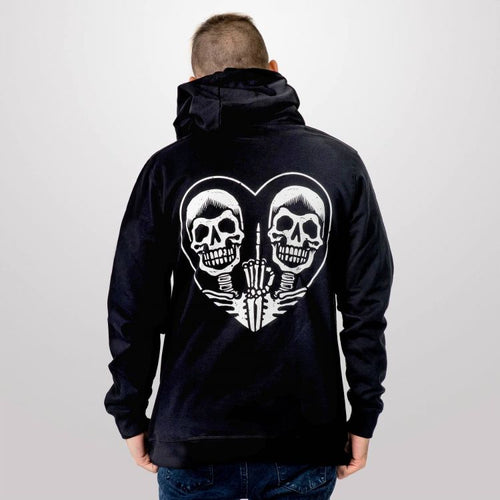
-v1649319637906.jpg?960x1280)
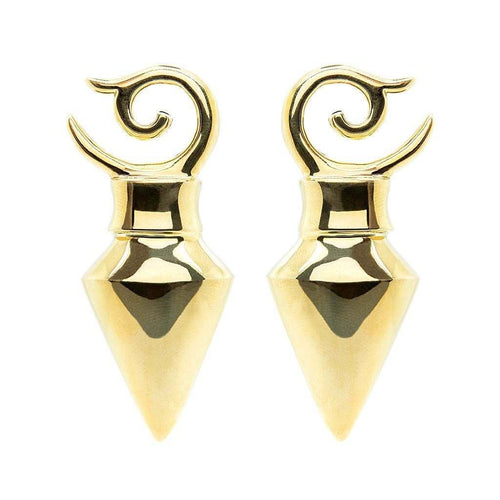

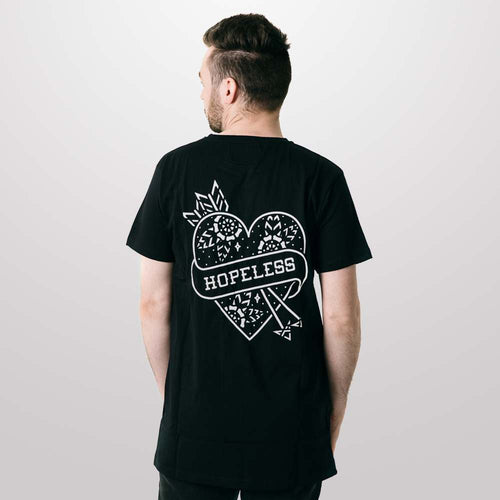
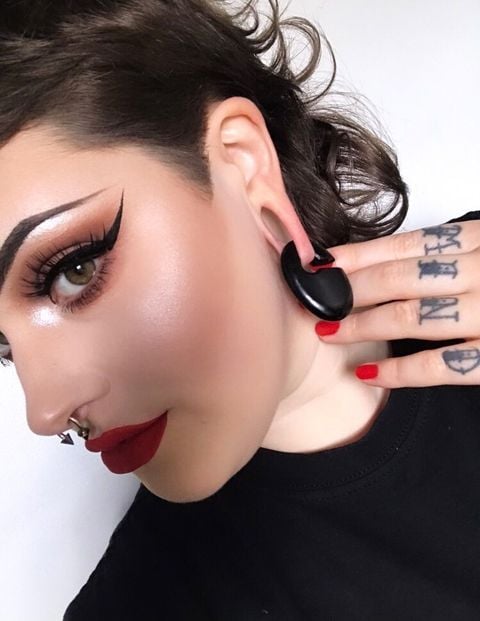
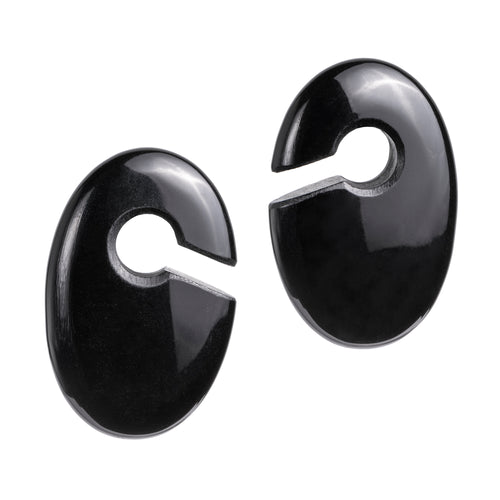
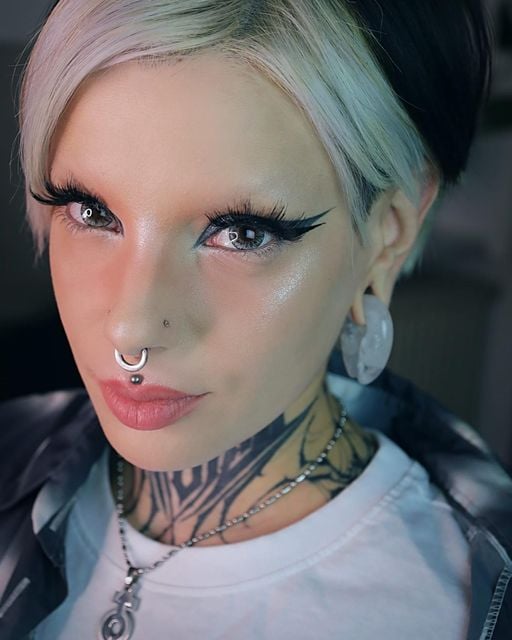
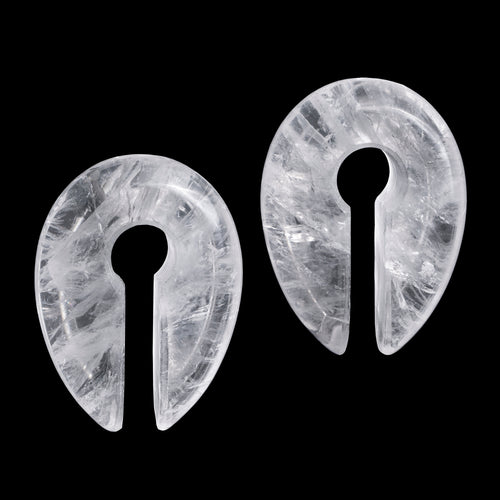

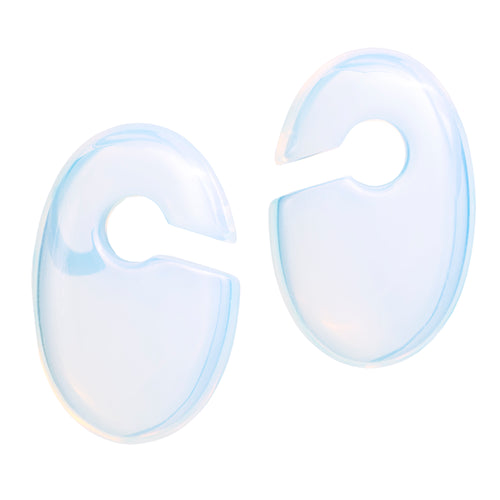
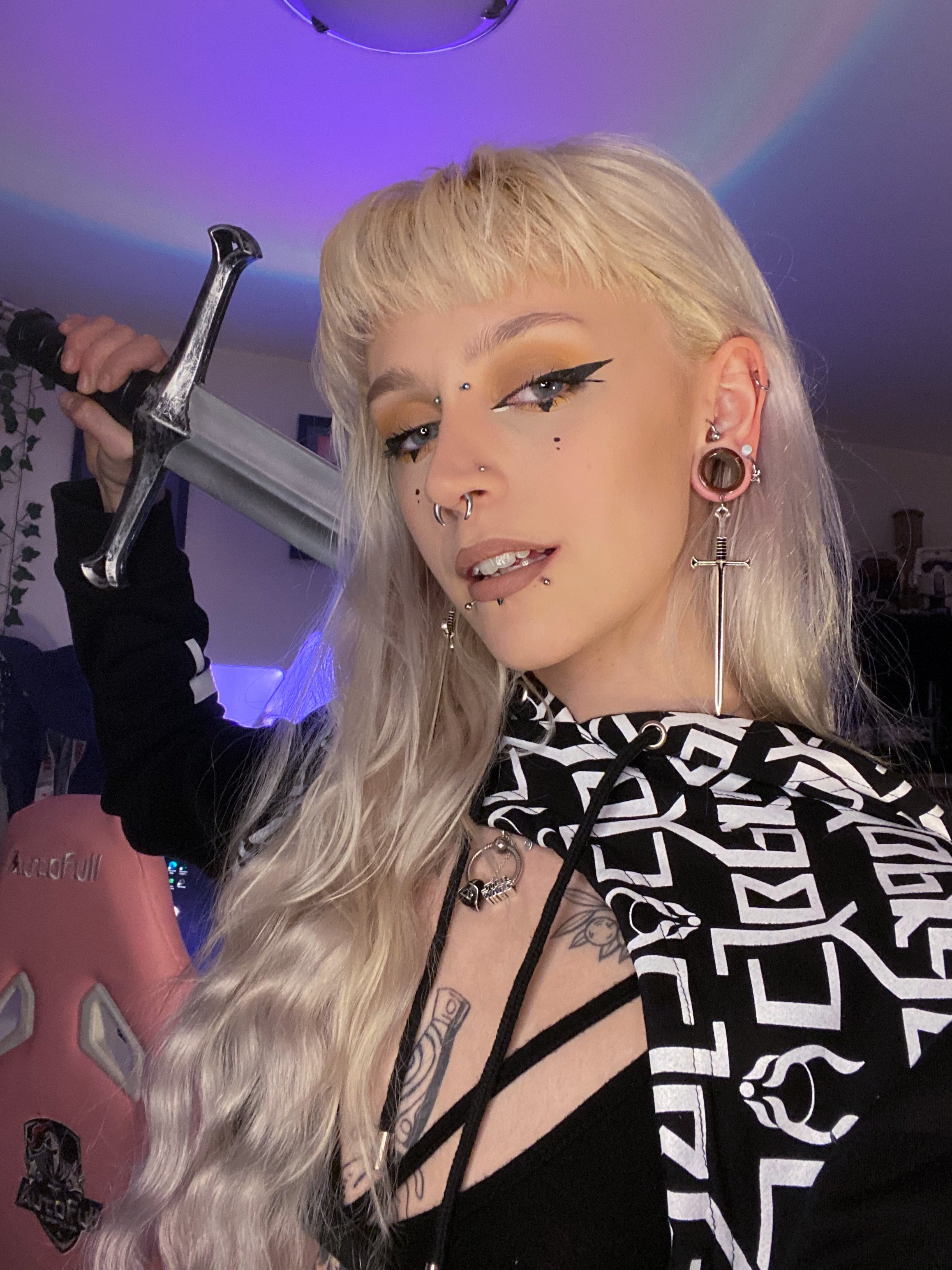







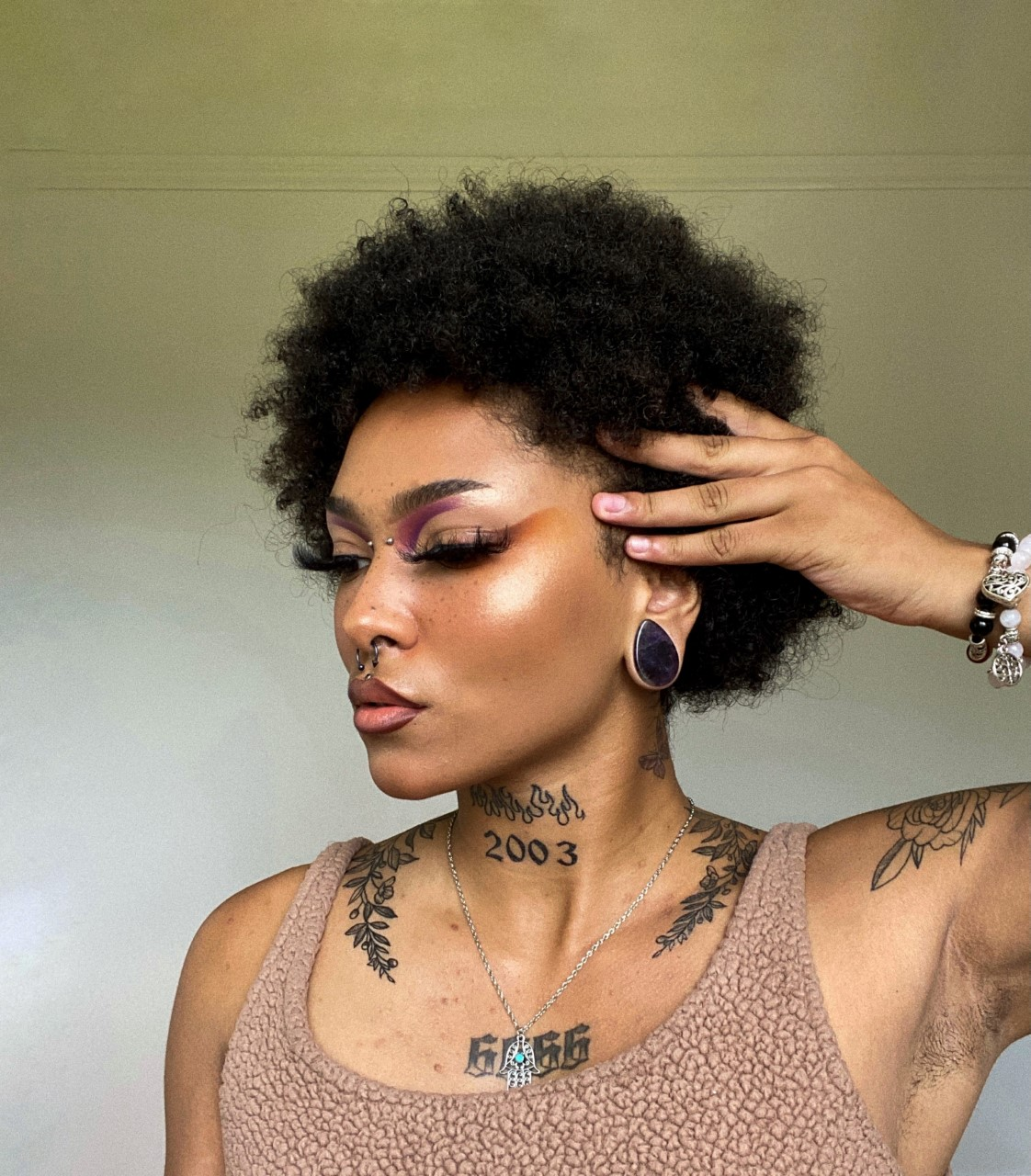




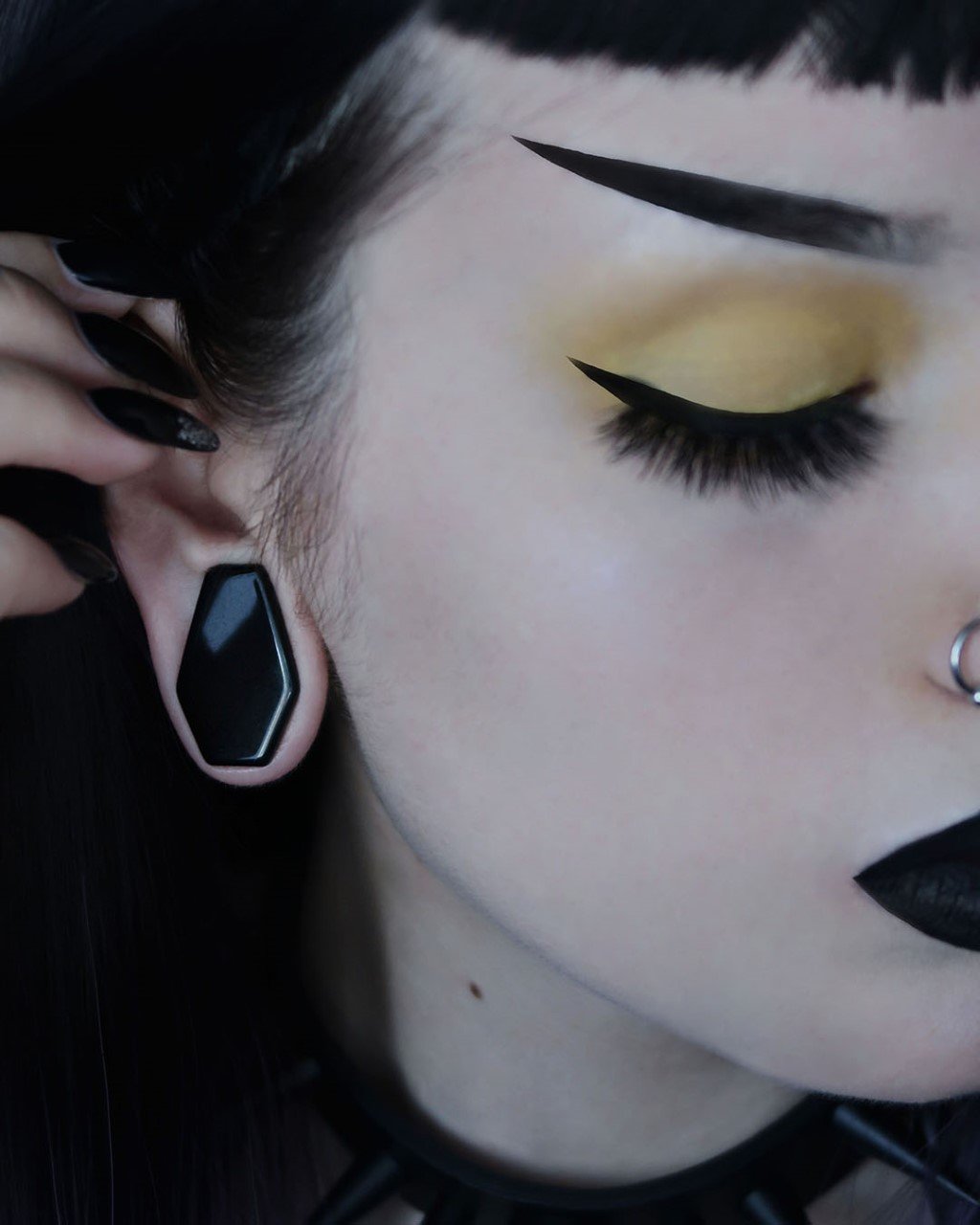


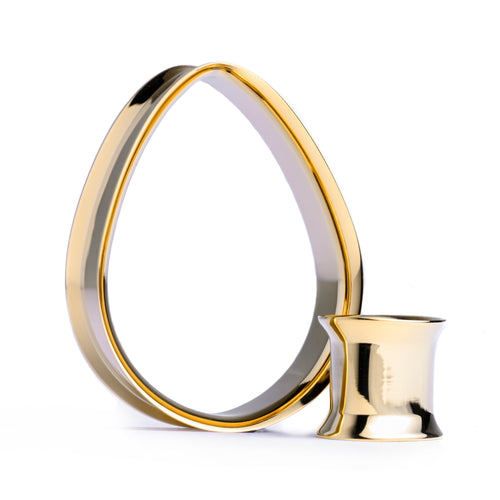




-v1652780384796.jpg?1024x1280)



-v1649148828489.jpg?960x1280)

